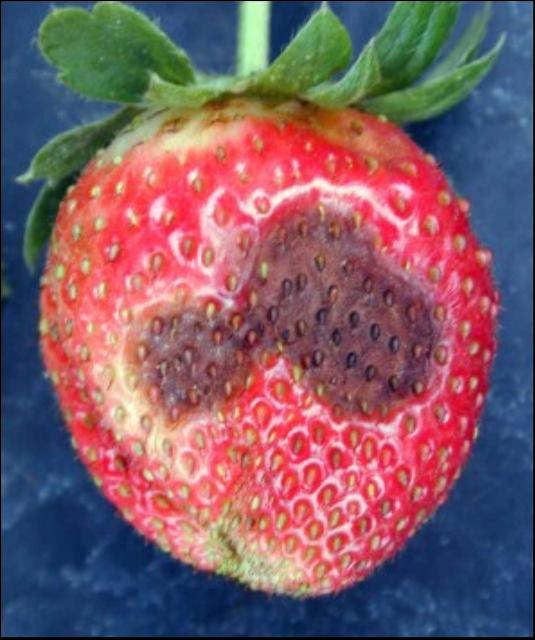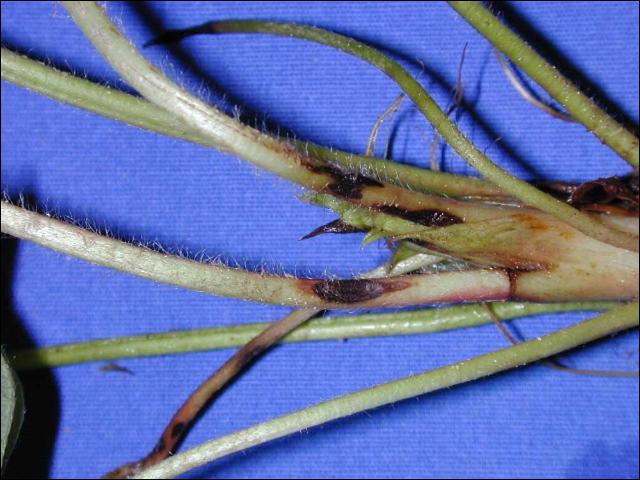By Clint Thompson
Strawberry plantings are being conducted across Alabama. Producers need to be wary of different diseases prior to planting.

Credit: UF/IFAS GCREC
Ed Sikora, professor and Extension plant pathologist in the department of entomology and plant pathology at Auburn University, suggests growers apply a fungicide dip to help with Anthracnose.
“This will provide some early-season protection against anthracnose and someother diseases,” Sikora said. “Details can be found inthe Southeast IPM Guide. That’s something we’ve been recommending the last couple of years.
“It works well, shows a positive effect for growers that use it. In research trials in Florida and Georgia, it has shown a nice benefit.”
Anthracnose can attack the plant’s crowns, petioles, leaves, stolons, flowers, bud and the fruit.
Another disease concern is Neopestalotiopsis fruit rot. It is a disease that was first discovered during the 2018-19 season across five farms in Florida. It has moved northward to Georgia and Alabama.

Credit: UF/IFAS GCREC
“We started picking it up for the first time last year in Alabama. It was detected in four or five counties,” Sikora said. “The pathogen is likely coming in on transplants. Once the disease invades a field, it can spread rapidly with wet conditions. As they’ve shown in Florida over the last three or four years, fungicides are only moderately effective against the disease. That’s one that growers really need to be concerned with.”
It could be a major problem since Florida growers have discovered the disease to show up in fields the following year after it was detected the previous year. Alabama producers should be on high alert for this disease.
“We’ll go back to the same fields where we found it last year. I’ve already conversed with those growers offering management options such as destroying infested fields, moving to a different part of the farm and don’t plant in the same area. They’re aware of it,” Sikora said. “Fortunately for us, we were in a drought situation back in March and April when it started popping up in Alabama, so we didn’t see as much damage as you might expect.”









